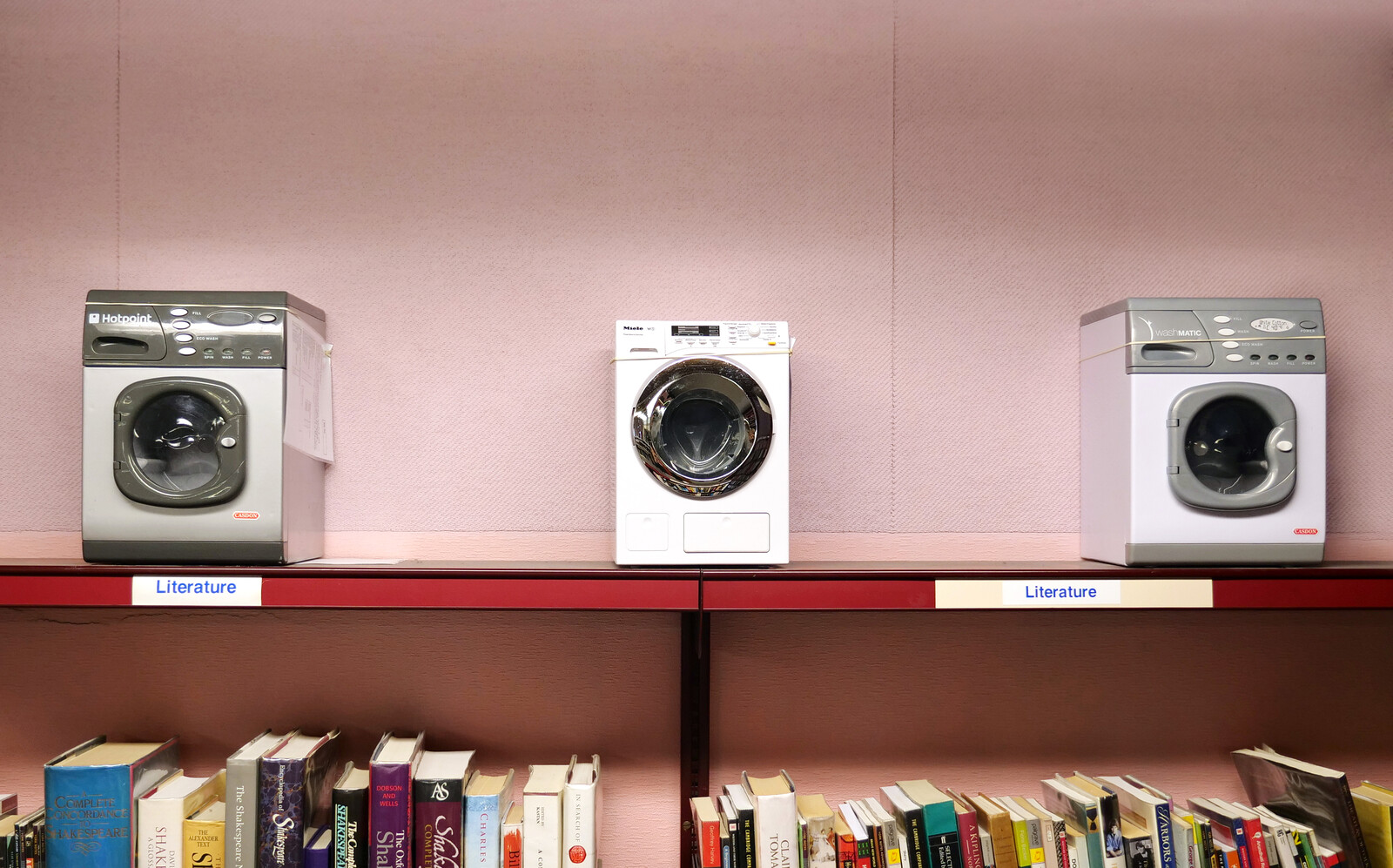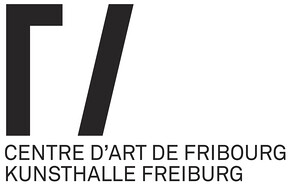October 13–November 25, 2018
Petites-Rames 22
1700 Fribourg
Switzerland
Hours: Wednesday–Friday 12am–6pm,
Saturday–Sunday 1–6pm
T 0041 26 323 23 51
info@fri-art.ch
Jay Chung & Q Takeki Maeda, Gay Couple, Michèle Graf & Selina Grüter, Jason Hirata, Ghislaine Leung, Jason Loebs, Jean-Luc Moulène, Mahshid Rafiei, Ramaya Tegegne, Cassidy Toner, Mierle Laderman Ukeles, Anaïs Wenger, Constantina Zavitsanos
October 12 - November 25, 2018 brings together 13 artists whose works were mostly produced for the exhibition. Addressing working conditions, hierarchies, security, the authority of institutions, that of a position, status, solidarity, injustice, precariousness, circulations, deconstruction, manipulation, submission, independence, power or again representation. The exhibition approaches these issues in a concrete or metaphorical way, without proposing systemic, or unilateral, approaches. The artists and their works enter in a dialogue that questions the existence of making art, and tangentially how the context in which it takes place emerges. The artists act on the parameters of the exhibition, extending its scope through their gestures, or by themselves inviting other artists to participate. Each goes to the heart of the conditions that brings an object, a situation or an act to life as a work of art. They act directly on the system that prevails over their physical or virtual mobility through a fluidity of gestures, misappropriated situations that are lost and found again, or again the circulation of air, water, values, money, of structural elements going in opposite movements and back again.
In 1969, Mierle Laderman Ukeles defined her practice of Maintenance Art, which consists in integrating within artistic practice the context of an art space through its maintenance. For The Keeping Of the Keys, 1973, Ukeles seized the keys of the Wadsworth Atheneum in Harford, and in doing so gave herself a symbolic power over the institution. The assumption of a service takes shape in Public Sculpture, 2018 by Ghislaine Leung, for which Fri Art was asked to activate the loan system introduced by the artist with the Central Library of Reading, England. Anaïs Wenger addresses the circulation systems inherent to art spaces; both in its architectural and human dimensions. Five months before Fri Art artistic director’s scheduled end-of-tenure, Wenger’s gesture writes one version of this story. Untitled, 2006 by Jay Chung and Q Takeki Maeda questions the relationship between a work and the texts that contextualise it. Their press release has generated the content of the prints just as the prints have set the parameters for the text, making them indissociable. Cassidy Toner is reinjecting her production budget into Rheum Room, the small art space she manages in her apartment in Basel. The money is enabling her to produce the exhibition by Mahshid Rafiei. Syncopes, 2015, by Jason Loebs, is shown by Jason Hirata, who built the piece with Loebs as a paid technician. It thus reverses the situation of the assistant co-opted by the artist and brings burning questions of social and hierarchical positions into relief. Jean-Luc Moulène’s Chrome, Paris, June 1999 seems to refuse any clarification regarding questions on the very existence of an artwork. It resists language despite an imposing physicality and highlights the instability that inhabits each artwork. Gay Couple presents the toxic residue from the distillation of 100kg of apples. This liquid, usually removed from the distillation process, paradoxically becomes the “heart” of the work, and initiates a commentary on production between the individual and the collective. Ramaya Tegegne sets a discussion on working conditions between the artists of the exhibition, who gathered together before the opening. This piece is part of the broader wfwa.ch campaign that she leads for the remuneration of artists in Switzerland. Constantina Zavitsanos sets a take-away sculpture entitled Three Card Monte. The piece includes three gold bars on offer while supplies last. Michèle Graf & Selina Grüter seek for situations dominated by the impossibility of communication through language. To get beyond words, the voice has to constantly escape language through anti-memory. The activity that remains is “räumen.”



